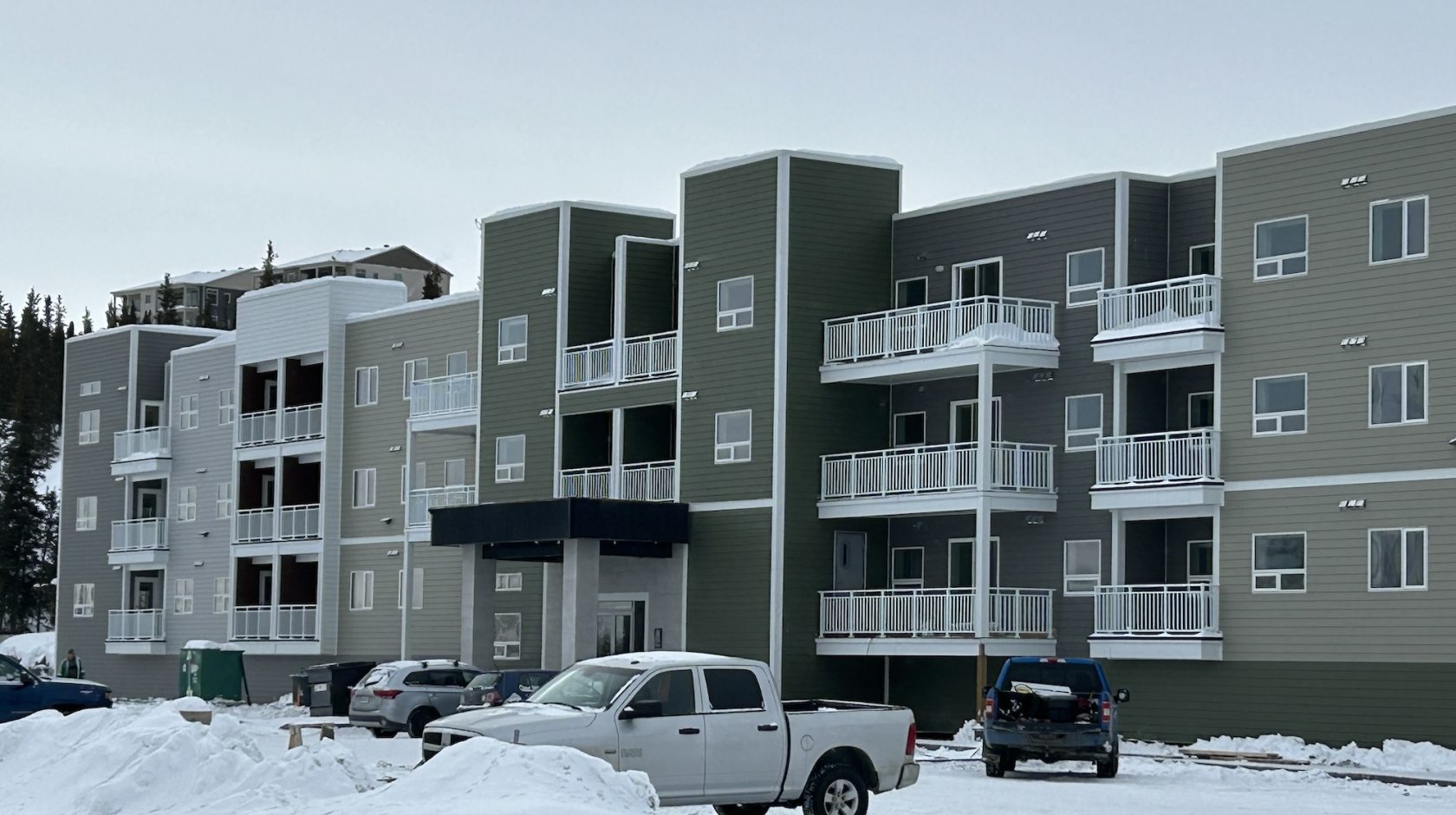Yellowknife’s Rental Market in 2025
TLDR: Yellowknife’s vacancy rate has dropped significantly despite many new rental units being added to the market.
I commented on social media the other day that our team has been receiving more phone calls and e-mails than usual this fall from people looking for rental units in Yellowknife. Our brokerage doesn’t deal in rentals, so we are limited in what we can do to assist. But we do try to point people in the right direction, which is usually to this page full of links and tips, and we try to help people understand the rental environment with occasional blog posts like this one. Our main tool in this endeavour is CMHC’s rental market statistics, which are harder to find these days (which is why this blog post is six months late). CMHC used to publish a Northern Housing Report every spring but apparently they stopped doing so this year, which is a shame. But they do still include us in their information gathering efforts, and the details can be found here under Primary Rental Market.
One important thing to note is that although CMHC’s website presents our stats as if they were for the entire Northwest Territories, only Yellowknife’s rental market is big enough to be included in the survey. So these are in fact Yellowknife stats.

Our vacancy rate dropped from 3.5% in October 2023 to 1.8% in October 2024. Anything under 2% I consider to be painfully low. For context, the national rate last October was 2.2%. Edmonton, our closest neighbour, had a rate of 3.3%.
So, our vacancy rate dropped significantly despite the fact that 124 new apartments were added to the mix. That’s pretty remarkable. There are at least another 94 units being added to the market in 2025, so our rental “universe” should grow to at least 2,020 apartments by the time CMHC reports our 2025 stats in the spring of 2026. That represents an increase of 19% in only three years. For a city that typically grows at a rate of less than 1% per year, that’s a huge increase, and should provide some relief to renters.
I say “should” rather than “will” provide relief, because I’ve been wrong about these predictions before. A year or two ago I predicted that with all this new construction, rents would go down, but the x-factor is pent-up demand. When a new building opens up and fills up quickly, it’s a sign that we have a lot of pent-up demand in the market – people who have been making due with less than ideal living arrangements due to a lack of suitable options. These might be people who are flying in and out of Yellowknife for work, but who put roots down as soon as they find an apartment they like. Or they might be roommates who are sharing an apartment but would rather live on their own. Young adults moving out of their parents’ homes, seniors downsizing, these are all sources of new renters that don’t necessarily indicate that a city is growing, but rather spreading out. And it’s the only way I can make sense of the vacancy rate being cut in half despite 124 units being added to the market. If readers have any other theories, I would love to hear them.
Where are we heading in the future? There are at least 72 more units (the Nest) coming on the market in 2026, but beyond that, our recent construction boom is over, not because of a lack of demand or developer interest, but because there is very little land left to build on, and zero land of the size that appeals to larger southern developers. Typically that would be vacant land an acre or larger in size. Yes, there are a couple infill projects and quite a few secondary suites being built around town thanks to new incentives from the City of Yellowknife, but it’s not clear that these will end up being rental units. Many of them become AirBnB units.
So, for now, we’ve got very little vacancy, but a lot of recent construction and presumably not a lot of true population growth. And with at least one diamond mine closing down in the spring of 2026, next year’s rental situation should be interesting.






